With research and education at the heart of our mission, Riverwoods provides support for the scientific evaluation of the Kissimmee River Restoration project. In addition to the world-class scientists based here, students of all ages, teachers and faculty come from near and far to learn about the Kissimmee River Restoration and view the restored river.
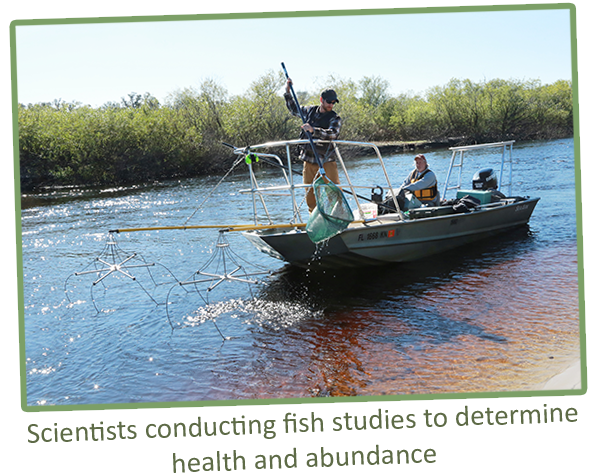
|
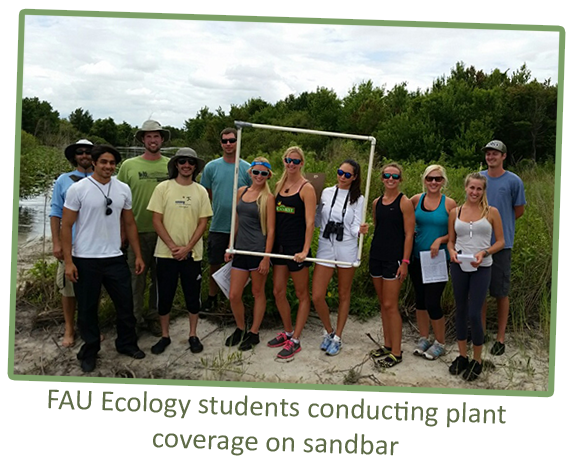
|
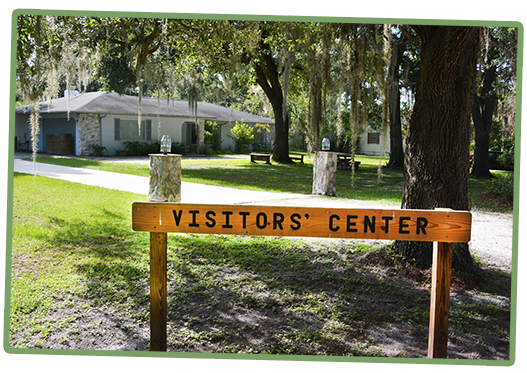
Adjacent to the historic Kissimmee River, Riverwoods 15-acres provides a fully furnished, air-conditioned Visitors' Center with a large kitchen and meeting room that seats up to 25 people. We can accommodate up to 20 guests overnight with single beds in 3 bedrooms and 3 bathrooms. Be sure to bring your own bedding and food. There is a charcoal grill for outdoor BBQ, and a fire pit with benches and firewood for a nice campfire under the stars.
In addition, Riverwoods has an office for CES staff, housing for our research scientists to stay while conducting their field research, and a Wet Lab where water quality, invertebrate and fish studies are conducted.
Take a look inside our Visitors’ Center !
A remarkable adventure awaits you on board our new Kissimmee Explorer II – a 30-foot US Coast Guard certified vessel. Our covered pontoon boat holds a maximum of 17 adults and up to 20 students and their teachers. We have a US Coast Guard certified Masters Captain and crew that provide interpretive educational programs for secondary students, teachers and adults. It is the perfect way to explore the Kissimmee River and learn about the beautiful success of the Restoration Project! Learn more about our Student Field Studies Program and our Explore the Kissimmee River Eco-tours for adults.
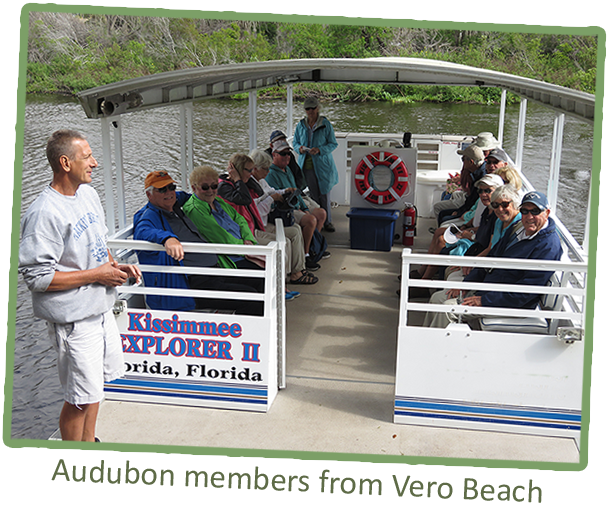
|
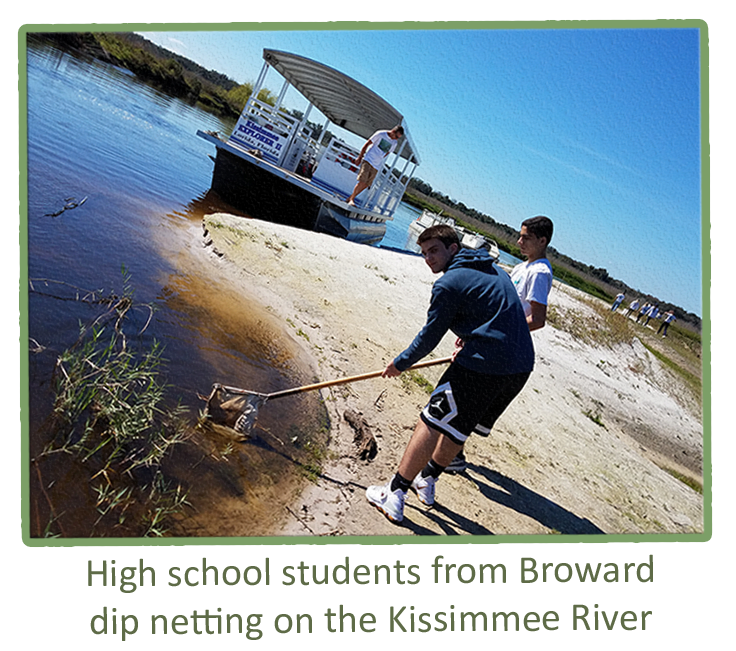
|